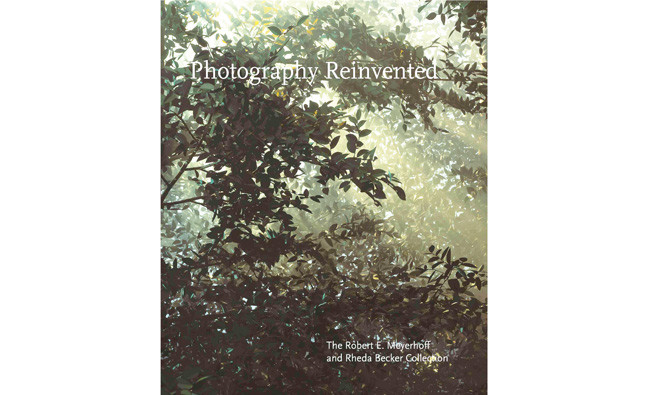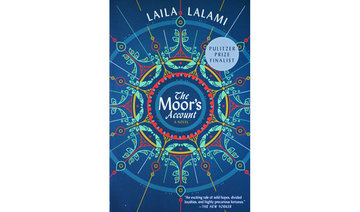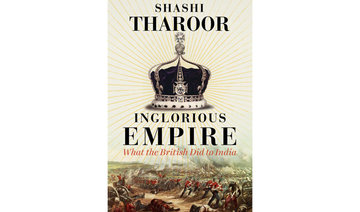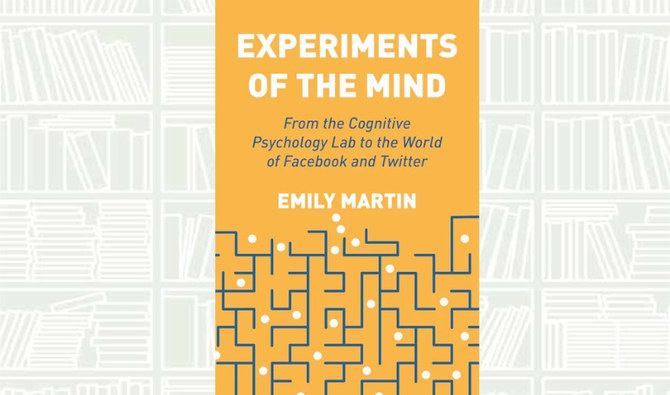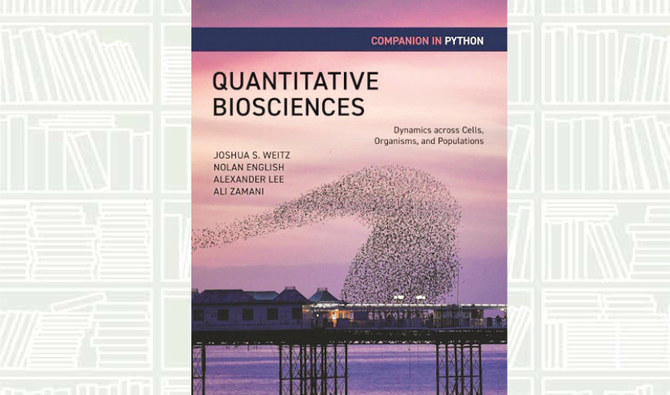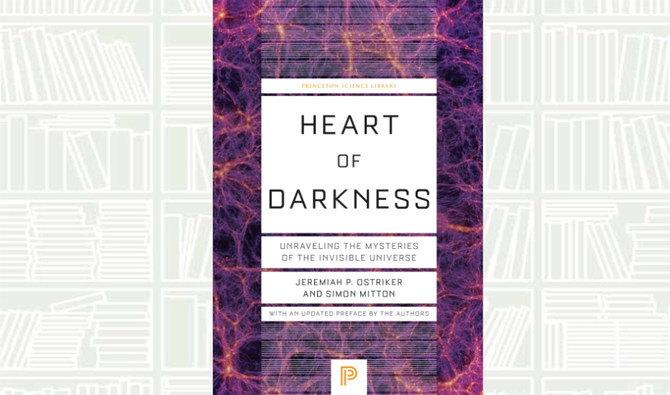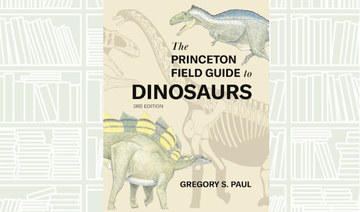Reading can sometimes be challenging, confusing and irritating while it can also be entertaining, relaxing and even a sheer delight.
“Photography Reinvented” triggers a full range of emotions as readers discover a remarkable collection of contemporary photographs which have changed the course of photography.
The book is based on an exhibition which was displayed at the National Gallery of Art in Washington between Sept. 30, 2016 and March 5, 2017.
The exhibition, which ran under the same title as the book, was superbly curated by the gallery’s Sarah Greenough who also wrote the brilliant introduction to this “intriguingly complex and telling” collection of photographs.
Robert E. Meyerhoff and Rheda Becker began collecting in 2007 and assembled an assortment of 35 photographs in nine years. The photographers in the Meyerhoff-Becker collection have experimented with color and scale, focused on non-conventional and provocative subjects and “have helped to repurpose, redefine and reimagine photography for the 21st century,” Greenough writes.
The decision to collect photographs was made in 2004 when Becker saw Albrecht Dürer’s “Self-Portrait” in the Alte Pinakothek museum in Munich. Through the painting, Dürer, an artist-cum-humanist and intellectual, highlighted the increasing importance of the individual in the arts during the Renaissance period. Later, Becker discovered German photographer Thomas Struth’s photograph titled “Alte Pinakothek Self-Portrait, Munich 2000,” which shows Struth looking at Dürer’s painting.
The photograph reveals only a part of his torso and jaw — even his hand is hidden in his pocket. His discreet, almost invisible, presence contrasts with Dürer’s detailed self-portrait and gives the impression that Struth has just walked into the museum and is admiring the painting. This iconic photograph of a picture of a picture, alluding to the relationship between photography and painting, attracts one’s attention due to its size. Measuring a whopping 62x73 inches, the size is a clear indicator that it is a work of art and is meant to be appreciated in a museum.
Years later, Becker and Meyerhoff decided to buy the photograph, marking the beginning of their passion for photography. Together, the couple assembled a unique collection of contemporary images that challenge the traditional nature of photography.
Exploring the collection
The collection begins with “Water Towers (1972-2009),” taken by Bernd and Hilla Becher. The Becher’ work depicts a series of nine water towers and expresses the two main ideals that dominated the art of photography in the 1970s and 1980s. At the time, a photograph was viewed as a document, it represented a record of human life and it was also admired because it was seen as art.
The photographers wanted to return to the “true nature of photography,” according to the book. They decided to focus their attention on the overlooked industrial landscape of Europe and the US. They took pictures of cooling towers, coal bunkers, lime kilns and grain silos in bleak industrial areas in the Netherlands, Belgium, France, Luxembourg, the UK and the US. The husband-and-wife team worked in the early mornings, when the light was soft and did not cast shadows. They also rigorously “placed the horizon at the same point in their compositions, usually a quarter or a third of the way up from the bottom,” Greenough writes. The water towers were photographed with formidable scientific precision, devoid of feelings and emotions, however, these solitary industrial sculptures, testimony to man’s impact on the environment, leave no one untouched.
When Bernd Becher was appointed professor at the Kunstakademie Düsseldorf, he had the opportunity to train a new generation of talented photographers, including Andreas Gursky, Candida Höfer, Thomas Ruff and Thomas Struth. Iconic snaps by all these photographers are included in the collection in question.
Struth, one of Becher’s earliest and most important students, was asked to photograph the UK’s Queen Elizabeth II and Duke of Edinburgh to commemorate the diamond jubilee of her reign. After reading a biography of the queen, he realized that she and the duke were the same age as his parents and he decided to accept the challenging commission. Struth undertook intense preparations in order to photograph the royal couple as real people and not as “comic impersonators of their function.” He studied portraits of royalty by Titian, Giovanni Bellini, Andy Warhol and Lucian Freud. He carefully examined old photographs so he would not repeat past mistakes. He also insisted on meeting with the queen’s dresser to choose the perfect clothes.
“When he arrived at the shoot, he selected a settee so that the pair would sit together but also slightly apart and he positioned it at an angle so the queen, who is actually smaller than the duke, would appear larger and more prominent. He also allowed the natural light to fall more directly on her so the duke receded into the background. Through these preparations and his acute observation of details, Struth constructed a portrait that, despite its grand setting, seems genuine and even somewhat humble,” writes Greenough.
One of my favorite photograph series in this collection is American James Welling’s “The Glass House” taken of a futuristic glass-walled residence built in 1949.
He experimented with a variety of colored and fogged plastic filters and clear, tinted and uneven glass filters as well as a diffraction filter which triggered bursts of light. Welling’s prints are imbued with incandescent blues, yellows, greens and reds. One of the images depicts waves of vermilion engulfing the house with streaks of diluted magenta settling along the floor and spilling onto a sea of white. In the background, a row of skeletal trees with hardly-visible trunks form a dramatic outline against the eerie sky.
Another sublime photograph featured in the book is German photographer Thomas Demand’s “Clearing, 2003,” which appears on the book cover. It is considered one of his most spectacular works and depicts an artificially reconstructed model of a forest as rays of sun slide through the branches, creating patterns of light on the leaves. To create the scene, Demand built a model encased in a steel frame and glued 270,000 pieces of die-cut paper onto cardboard trees and bushes. He then lit the model with a 10,000 watt light to give the impression that the photograph was taken when rays of sun were streaming through the luscious vegetation. This picture, writes Greenough, “seems to suggest that the ability to find spiritual union with nature is just another remnant of the past, a reconstructed memory and an illusion, albeit a glorious one.”
“Photography Reinvented” highlights the preparation, talent, creativity and skills required to create a photographic work of art. Each one of the 35 photographs included in this fabulous collection has, in its own way, reinvented the art of photography. Most of all, these masterpieces evoke an endless palette of emotions in the reader.


